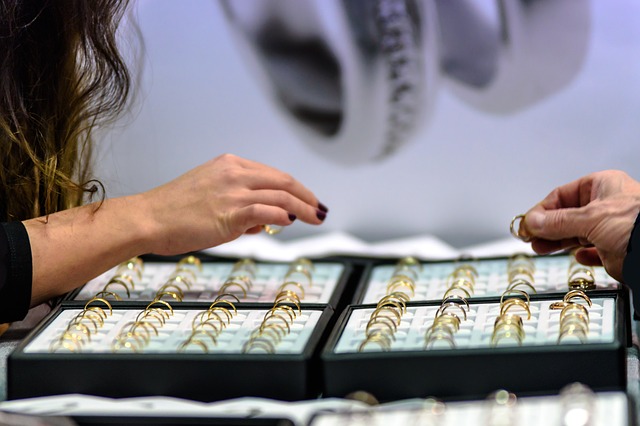Choosing an engagement ring might seem like a more daunting task than popping the actual question. So many aspects need to be considered to create the perfect symbol of commitment for your significant other. Below is a quick guide to make sure the ‘wow’ lasts a lifetime…
Determine your budget
Don’t pay the slightest attention to the ‘2 months salary’ rule – spend what you can afford instead of landing yourself in debt. The ring is supposed to be a symbol of love, so buying something that is romantic and sentimental means more than just splurging on a big rock. Go with a clear understanding of what you want the ring to look like, as well as an exact budget. Most of the time, like with buying a car, the price can be negotiated to fit your needs. With that said, also be realistic.
Determine the ring size
Imagine trying to slide your carefully-chosen ring onto your partner’s finger and it doesn’t fit. Get it right from the start by swiping a ring that he/she wears often to your jeweller. If the size is wrong you could always take it back to the jeweller for adjustments, bear in mind that this entails forking out more money.
Pick the band
When it comes to choosing the colour of the metal for the band, take note of what she wears on the regular. Is it gold, silver, or something more along the lines of rose gold? This will also have an influence on the ultimate cost and durability of the ring, for example, gold is shinier, but wears down faster whereas platinum lasts longer but is more expensive. Luckily, mixing metals to ensure the colour and durability is fashionable. Mix gold with copper to achieve a rose gold appearance, or mix platinum and gold to achieve white gold.
Choose the shape
This refers to the shape of the most prominent stone, most often being a diamond. The classic styles range from round, princess and cushion shapes to more unusual shapes like trillion, marquise or emerald. Once again, the shape you choose needs to reflect your partner’s style. That said, gemstones are also popular choices for engagement rings, offering something more unique and a little less expensive, but with the same shape options.
Remember the four C’s
The four C’s refer to the cut, clarity, carat weight and colour of the diamond. Not to be confused with the shape, the cut entails the angles and proportions in which the diamond is cut in order to reflect light. This is what ultimately gives a diamond its sparkle. The clarity of a diamond refers to how perfect or imperfect the diamond is, measured on a graded scale to refer to the amount of ‘inclusions’ (trace minerals or fractures in the stone) a diamond has. The fewer inclusions, the better, but some that are only slightly included (SI1 – SI3) could appear almost flawless (FL) or internally flawless (IF) to the naked eye. The carat weight refers to the weight of the diamond, greatly determining the ultimate price. The colour also has an influence on the price, especially if you want that classic white, or ‘clear’ diamond compared to something more opaque or champagne in colour. Opaque diamonds offer something more unique, such as black and grey diamonds, whereas champagne or cognac colored diamond are more vibrant and antique in appearance.
Picture: Pixabay




















